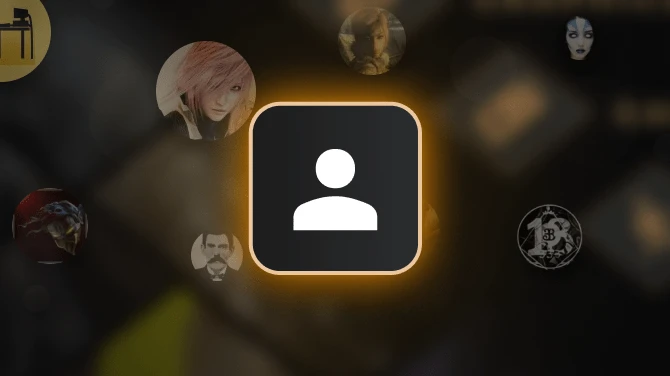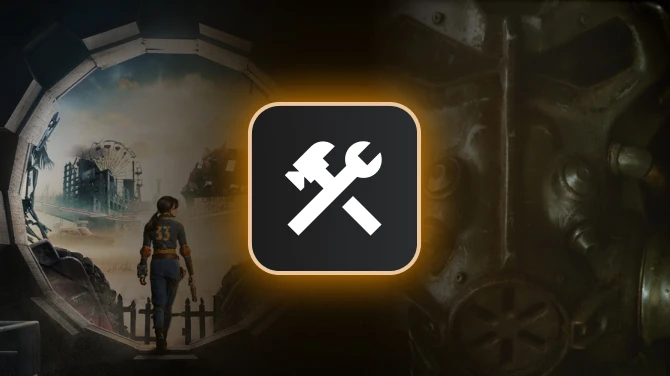:::::::::: BACKGROUND::::::::::
The Battanian Overhaul will draw heavy influence from the Welsh during the 11th and 12th century, a period defined by Norman encroachment and Welsh infighting. SImilar to Battanian lore, the Welsh were descendants from a people which once ruled much of the continent and had been gradually pushed to the edges of civilization through successive waves of invaders. Welsh society was not defined by the rigid feudal structures appearing in much of Europe. They instead relied on a kingship based system similar to clans. Each "lord" would have a small complement of semi-professional soldiers called together called the Teulu ("Family" in Welsh). These were rarely larger than 120 men, the largest recorded Teulu standing at 160. The reason for having smaller "retinues" are multiple. First, the social structure did not permit large centralized armies for lack of financial resources, but also because the structure of welsh society was very decentralized itself. As a result, Welsh forces, even when unified into a single army, would probably have appeared as very disorganized to foreigners used to more centralized feudal armies such as those appearing in England or France (By the standards of the time. Truly centralized armies would not appear for centuries)
However, they did have an interesting strength - Welsh armies were entirely made up of volunteers. Military service was seen as a great honor rather than an obligation. While it is hard to tell how exactly this impacted the ability of the Welsh, one can imagine it being a two edged sword. On one hand, it would provide an initial boost in morale given that troops were there of their own volition and therefore did not need to be convinced to fight. Morale would therefore have been higher to start with than in equivalent feudal armies. On the other hand, they were there because they wanted to and once that changed - Welsh armies would probably disintegrate quite rapidly. There are no formal sources for these assumptions but one can assume that the English stereotypes about the Welsh indiscipline probably stem in part from this crucial difference.
While many of the Teulu had horses, few fought mounted. This was a direct result of Welsh geography with its steep valleys and woods. The terrain was not appropriate for mounted warfare, and to a large extent contributed to the development of a guerrilla style of warfare based on raiding and rapid thrusts into enemy territory with the goal of bringing back booty. Success in war was not measured by the body count, land captured but by the amount of treasure brought back from various raids. The few examples of large Welsh forces are direct responses to Norman attempts to invade Wales and it seems the Welsh were too busy fighting each other to ever consider expansion. However, even had the desire for conquest been there, it seems hard to image them achieving it without some fundamental structural changes.
The Battanian tree I designed as tried to reflect Welsh society which was noticeably poorer than other parts of Europe and which lagged in terms of military technology. They made up with courage and guile what they lacked in wealth and structure.
The Battanian troop tree will try to reflect all of this.
:::::::::: PHILOSOPHY ::::::::::
Battanians are meant to be a divided people, capable of uniting against common enemies under the right circumstances. However, the primary use of Battanian units is to raid, pillage, skirmish and occasionally defend the homeland. As a result, units will perform admirably in smaller scale skirmishes but expect it to be more difficult in longer, large scale battles.
The Welsh used ambushes and ranged skirmishing to devastating effect, introduced the longbow as a primary tool of war to the rest of Europe and tended not to use armor very much preferring mobility and speed over protection. While part of that is the lack of availability of armor itself, it seems that even wealthy warriors tended to use less armor than their Norman counterparts.
The Welsh strategy seems to have heavily relied on ambush, refusing pitched battles where their lack of armor became too easy to exploit. They few examples of success in pitched battles seem to suggest relatively short engagements with the use of longbows and skirmishers to weaken the adversary before a single "all or nothing" charge to rout the opponents.
This tree was built with the idea of an "all or nothing" charge in mind. All T2 units and above receive +30 athletics on top of their light load to make up for their lack of armor. The melee troops are a mix of traditional spearmen, popular in southern Wales, and skirmishers popular for their ambush ability. The shock infantry tree is part anachronistic, part inspiration from other highland peoples of the time.
The Falx for example is a Dacian weapon, and used it to devastating effect against the invading Romans such that the legions which opposed said weapon had to "customize" their armor for it. Given the vibe I was going for and the fact that the Falx is in the game, I couldn't not include it. Also, Scandinavian raids heavily affects Wales and many archaeological excavations have found viking burial sites showing some Norse presence in Wales. It therefore isn't too big of a leap to imagine that it influenced some of their strategies. Plus, I couldn't give a T3 unit Falxes so yeah...
Next, mounted shock troops appear only later in Wales and are a direct response to English colonization. However, earlier sources seem to suggest mounted warriors preferring the use of javelins to the spear. I therefore included a T4/T5 mounted skirmisher units. I may switch one of the javelin sets on the T5 unit for a spear since by the late 12th century, the Welsh started employing some heavy horsemen similarly to the Normans.
Next, archers. It made no f***ing sense for Taleworlds not to give the Battanians bowmen in their main tree. At Crug Mawr, the Welsh army was about 1/4 longbowmen and the weapon was clearly a mainstay among both nobles and commoners. However, Crug Mawr aside, they rarely used the longbow as a long range weapon - that was an English innovation. Instead, they used it as an ambush opener. They would fire at close range to devastating effect and creating chaos. This would then create an opportunity for the melee units to finish the job with a single charge. As a result, while Battanians have access to lots of archers, they only have one stack of arrows until T5. They aren't meant to do the whole job, only create enough of a mess for your light infantry to clean up.
Finally weapons and armor are meant to reflect the raiding aspect of their society, as well as the relative poverty compared to their neighbors. Swords are only available to high tier units and even then not all have one. Most Welsh warriors preferred the axe, mace or spear to the sword. Armors are also reserved to higher tier units and you will notice that some Battanian units wear imperial or vlandian armors. Soldiers would raid and recycle the armor from the enemies they killed, it made sense therefore for certain troops to wear armor from other factions which they could not have afforded otherwise - the medieval five finger discount if you will.
The hardest decision was about the elite tree and I must say that there are high chances that I will revisit it in the future as it feels off. I left them largely untouched, except for the names which I will explain shortly. The whole tree is based on Wales as it was in the 12th century, but while Battania mirrors certain aspects of Wales it is not an exact fit. Battania right now is united under a single King, something that doesn't really ever happen in Wales. Wales is also, to generalize, the last stronghold of a people driven to the edge of civilization by successive waves of invaders which never quite gave them opportunity to reform their military and social structure. The Welsh among you will hate for this but I have decided to name the Elite Battanian troops based on English yeomanry to play with the following notion: "What if Battania began to reform its military into a more organized structure and started by forming elite bow units?" Since the greatest example of a nation spending vast resources to adopt the longbow and make it a central weapon of war is England, I went with what the English did as guide. They instituted national yeomanry training centers and banned sports except archery on Sundays. The English did not mess around once they decided that they would adopt it as their own. What if the Welsh had built on their already existing affinity for the weapon and had designed units of elite archers? We will never know for Wales, but maybe we can get a taste for Battania's attempt.
:::::::::: TROOP TREE OVERVIEW ::::::::::
Spear Infantry Line:Spear and Shield - the old tried and tested combo used by every nation in the world for a thousand years. If is ain't broke, don't fix it. T5 get armor but still lighter than foreign counterparts. Equipped with throwing axes (might remove this)
Falx Line:
Shock Infantry which culminates with Falxman. Deadly but fragile. Equipped with throwing axes.
Horse Skirmisher:
Metal Rain on horseback.
Foot Skirmisher:
Metal Rain. Lightly armored but deadly within 50 years. Axe and shield once ammo runs out.
Longbow Line:
Metal Rain, but less metal and more rain.
Elite Line:
More metal rain.









5 comments
Battania file will be up in a few minutes, making some final tests/edits